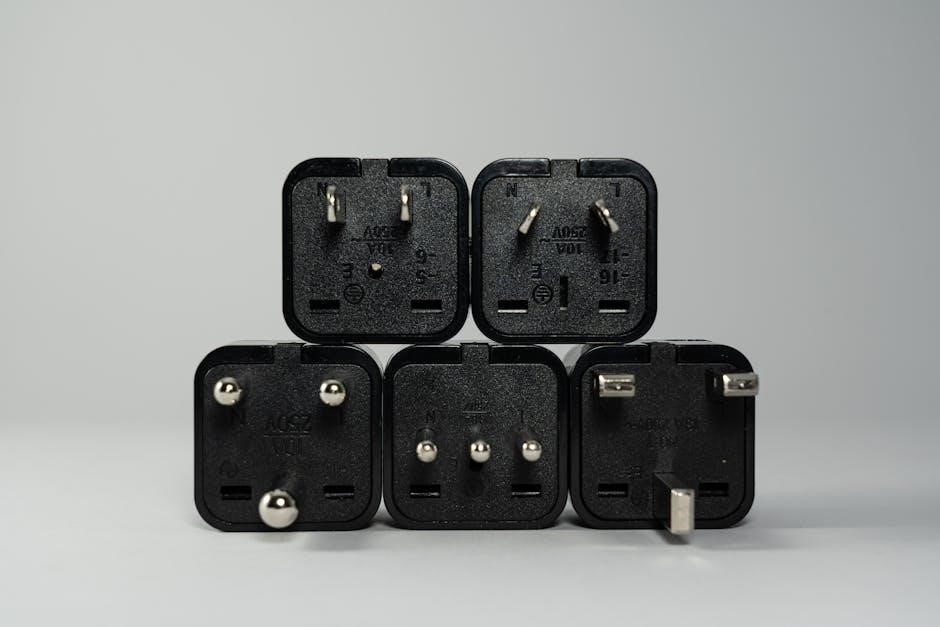
Automatic to manual transmission conversion kits enable switching from automatic to manual transmissions‚ offering enhanced control and performance․ These kits modify the vehicle’s drivetrain system for a more engaging driving experience․
1․1 What is an Automatic to Manual Transmission Conversion Kit?
An automatic to manual transmission conversion kit is a specialized set of components designed to replace an automatic transmission with a manual one․ It typically includes a transmission‚ clutch pedal assembly‚ shifter‚ and linkage system․ These kits enable drivers to switch from automatic to manual‚ offering enhanced control and performance․ The process involves modifying the vehicle’s drivetrain system‚ requiring technical expertise and specialized tools for a successful conversion․
1․2 Why Convert from Automatic to Manual Transmission?
Converting from automatic to manual transmission offers enhanced driver control‚ improved performance‚ and a more engaging driving experience․ Manual transmissions often provide better fuel efficiency and lower repair costs․ Drivers seeking a more hands-on connection with their vehicle‚ especially enthusiasts of sports or vintage cars‚ find manual transmissions more rewarding․ The conversion appeals to those wanting to optimize performance and reduce long-term maintenance expenses‚ making it a popular choice for DIY enthusiasts․

Benefits of Converting to a Manual Transmission
Converting to a manual transmission enhances driving engagement‚ improves fuel efficiency‚ and offers better performance․ It provides a cost-effective solution for enthusiasts seeking improved control and satisfaction․
2․1 Enhanced Driver Control and Performance
Converting to a manual transmission provides enhanced driver control‚ allowing precise gear shifts and better acceleration․ This direct connection between the driver and vehicle improves performance‚ especially during cornering or climbing hills․ Manual transmissions often deliver better fuel efficiency and faster response times compared to automatics‚ making them ideal for drivers seeking a more engaging and efficient driving experience․ The mechanical link between engine and wheels ensures superior control and satisfaction․
2․2 Improved Fuel Efficiency
Manual transmissions typically offer better fuel efficiency than automatics due to their mechanical simplicity and reduced energy loss․ By eliminating the torque converter and fluid-based systems found in automatics‚ manual transmissions deliver more direct power transfer‚ resulting in improved mileage․ This makes them a cost-effective choice for drivers seeking to save on fuel expenses over time․ The enhanced control over gear shifts also allows for more efficient driving habits‚ further optimizing fuel consumption․
2․3 Cost Savings on Repairs and Maintenance
Manual transmissions generally require less costly repairs and maintenance compared to automatics․ With fewer complex components‚ manual systems reduce the risk of expensive failures․ The absence of a torque converter and intricate hydraulic systems simplifies maintenance‚ lowering overall costs․ Additionally‚ manual transmissions often have longer lifespans for components like clutches when driven properly‚ making them a more economical choice for long-term ownership and upkeep․
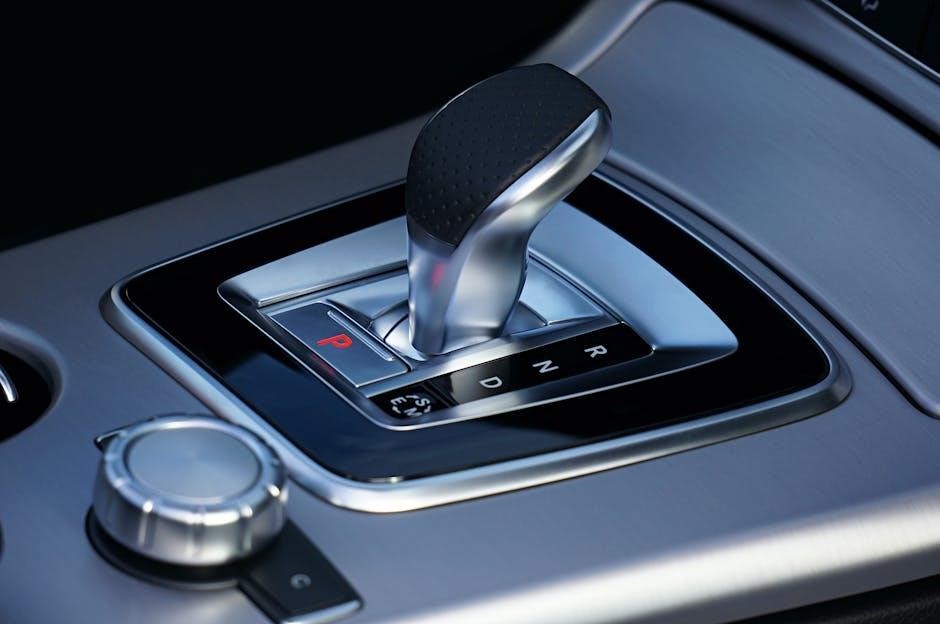
Challenges and Considerations
Converting from automatic to manual involves complexity‚ requiring specialized components and technical expertise․ The process demands mechanical skills and significant time‚ posing challenges for novice drivers․
3․1 Complexity of the Conversion Process
Converting an automatic transmission to manual is intricate‚ requiring mechanical skills and specialized tools․ The process involves replacing the transmission‚ installing a clutch system‚ and modifying the drivetrain․ It demands precise adjustments to ensure proper gear engagement and smooth operation․ Additionally‚ wiring and electronics may need reconfiguration to accommodate the manual setup․ The complexity increases with the need for custom fabrication and alignment‚ making it a challenging project even for experienced mechanics․ Detailed guides or professional assistance are often essential to avoid costly mistakes․
3․2 Technical Expertise Required
Converting an automatic transmission to manual demands significant technical expertise․ Mechanics must possess advanced knowledge of drivetrain systems‚ hydraulics‚ and electrical wiring․ Specialized tools are often necessary to disassemble and reinstall components․ Proper alignment of the clutch and gearbox is critical for smooth operation․ Additionally‚ understanding how to integrate manual transmission controls with the vehicle’s existing systems requires precision and experience․ Even seasoned professionals may encounter challenges‚ making detailed guides or hands-on training essential for success․
3․4 Legal and Insurance Implications
Converting a vehicle from automatic to manual transmission may have legal and insurance implications․ Modifications must comply with local regulations‚ such as emissions standards and safety inspections․ Failure to notify insurance providers could invalidate policies․ Additionally‚ some jurisdictions require certification for aftermarket modifications․ Always consult local authorities and insurance companies to ensure compliance and avoid penalties or denied claims after the conversion․
Key Components of a Conversion Kit
A manual transmission conversion kit includes the transmission‚ clutch pedal assembly‚ shifter‚ linkage system‚ and transmission mounts․ These components ensure proper installation and functionality․
4․1 Transmission and Gearbox
The transmission and gearbox are the core components of the conversion kit‚ enabling manual shifting․ The gearbox must be compatible with the vehicle’s make and model to ensure proper functionality․ It includes gears‚ bearings‚ and synchronization components․ The transmission is typically sourced from a compatible manual variant of the vehicle․ Proper alignment and installation are critical to avoid damage and ensure smooth operation․ Compatibility and gearing ratios must match the vehicle’s engine and drivetrain specifications for optimal performance․
4․2 Clutch Pedal Assembly
The clutch pedal assembly is a critical component‚ enabling manual gear shifts․ It replaces the automatic transmission’s components‚ requiring precise integration with the manual gearbox․ The assembly includes a pedal‚ master cylinder‚ and slave cylinder‚ ensuring smooth clutch engagement․ Proper alignment and adjustment are essential for seamless operation․ Incorrect installation can lead to poor shifting or clutch failure‚ emphasizing the need for compatibility and precise installation․
4․3 Shifter and Linkage System
The shifter and linkage system connects the gear shifter to the transmission‚ enabling manual gear selection․ It includes the shifter mechanism‚ linkage rods‚ and joints‚ ensuring precise control over gear changes․ Proper alignment and adjustment are crucial for smooth operation․ Misalignment can cause gears to grind or slip‚ making accurate installation essential for optimal performance and driver experience․
4․4 Transmission Mounts and Crossmember
Transmission mounts and crossmembers are essential for securing the manual transmission in place․ They ensure proper alignment with the engine and drivetrain‚ reducing vibration and noise․ Upgrading or replacing these components is often necessary during conversion‚ as manual transmissions typically require different mounts․ High-quality materials‚ such as rubber or polyurethane‚ are used to maintain durability and stability‚ ensuring smooth power delivery and improved handling․
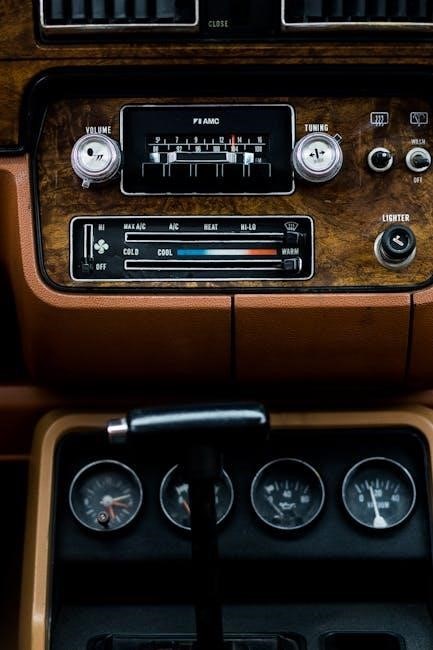
Steps Involved in the Conversion Process
The process includes assessing compatibility‚ sourcing the kit‚ installing the manual transmission‚ and adjusting the drivetrain and suspension for optimal performance․
5․1 Assessing the Vehicle’s Compatibility
Compatibility assessment involves checking if the vehicle can support a manual transmission․ This includes evaluating the engine type‚ drivetrain‚ and existing wiring․ Ensure the chassis and suspension are suitable․ Some vehicles may require custom adapters or modifications․ Always consult the conversion kit’s specifications and manufacturer recommendations․ Incompatible setups may lead to poor performance or mechanical failure․ Proper assessment ensures a smooth and successful conversion process․
- Check engine compatibility with manual transmission․
- Evaluate drivetrain and suspension integrity․
- Verify ECU compatibility for smooth operation․
5․2 Sourcing the Right Conversion Kit
Selecting the correct conversion kit is crucial for a successful swap․ Research reputable manufacturers offering kits compatible with your vehicle’s make and model․ Ensure the kit includes all necessary components like the transmission‚ clutch‚ and linkages․ Read reviews and consult forums for recommendations․ Verify warranty and support options․ Avoid cheap‚ low-quality kits that may compromise performance․ Purchase from trusted suppliers to ensure reliability and compatibility․
- Choose kits specific to your vehicle’s make and model․
- Verify kit contents for completeness․
- Check reviews and seek community recommendations․
5․3 Installing the Manual Transmission
Installing the manual transmission requires precise mechanical skills․ Begin by removing the automatic transmission‚ taking care to drain fluids and disconnect electrical connectors․ Inspect and modify the crossmember to fit the manual transmission․ Replace the transmission mounts and align the new gearbox with the engine․ Reconnect the drivetrain components‚ ensuring proper alignment․ Test the transmission for smooth operation before finalizing the installation․
- Remove the automatic transmission carefully․
- Inspect and modify the crossmember as needed․
- Align and install the manual transmission․
- Reconnect drivetrain components․
5․4 Adjusting the Drivetrain and Suspension
After installing the manual transmission‚ adjust the drivetrain and suspension to ensure proper alignment and functionality․ Align the driveshaft with the new transmission‚ and check the suspension for any modifications needed․ Tighten all components securely and test the vehicle to ensure smooth operation․ Proper adjustment prevents vibrations and improves handling․
- Align the driveshaft with the manual transmission․
- Inspect and adjust the suspension as needed․
- Test the vehicle for smooth operation․
DIY vs․ Professional Installation
Deciding between DIY and professional installation involves weighing cost‚ time‚ and expertise․ DIY offers cost savings but requires mechanical skills and tools‚ while professionals ensure reliability and safety․
- DIY: Cost-effective but complex and time-consuming․
- Professional: Higher cost but guarantees proper installation․
6․1 Pros and Cons of DIY Conversion
DIY conversion offers cost savings and a sense of accomplishment but requires mechanical expertise and time․ It can be rewarding for enthusiasts but risky for novices․ Proper tools and knowledge are essential to avoid costly mistakes․ While it lowers labor costs‚ the complexity and potential for errors make it challenging․ Success depends on skill level and preparation‚ ensuring safety and reliability post-conversion․
- Pros: Cost-effective‚ hands-on experience․
- Cons: Technically demanding‚ high risk of errors․
6․2 When to Hire a Professional Mechanic
Hiring a professional mechanic is essential for complex automatic to manual transmission conversions‚ particularly if you lack mechanical expertise․ Specialized tools and time constraints make professional help advantageous․ Professionals ensure reliability‚ adhere to manufacturer standards‚ and minimize error risks․ They can also address unforeseen issues‚ offering warranty coverage that safeguards against future problems․ DIY mistakes can lead to costly repairs or even render the vehicle inoperable‚ emphasizing the importance of expert intervention․
- Complex conversion processes
- Lack of necessary skills
- Need for specialized tools
- Time efficiency
- Reliability and warranty benefits
Cost Analysis
The cost of converting an automatic to a manual transmission varies‚ depending on factors such as the vehicle‚ kit quality‚ and labor expenses․
7․1 Estimated Cost of Conversion Kits
Conversion kits for switching from automatic to manual transmission typically range in cost from $1‚000 to $3‚000‚ depending on the vehicle’s make and model․ Basic kits may include a manual transmission‚ clutch pedal‚ and necessary hardware‚ while more comprehensive kits might add components like a shifter‚ linkage‚ and mounting hardware․ Prices vary based on the quality and compatibility of the kit with your specific vehicle․
7․2 Additional Expenses and Factors
Beyond the conversion kit‚ labor costs for installation can range from $500 to $2‚000‚ depending on complexity and mechanic rates․ Additional expenses may include modifications to the driveshaft‚ suspension‚ or wiring․ Clutch and flywheel replacements‚ if needed‚ add $300 to $800․ Ongoing maintenance‚ such as transmission fluid changes‚ should also be considered․ Total costs can exceed $4‚000‚ making thorough planning essential for a successful conversion․
Troubleshooting Common Issues
Common issues include drivetrain misalignment‚ clutch engagement problems‚ and hydraulic leaks․ Proper diagnosis and adjustments are crucial to ensure smooth operation and prevent further damage․
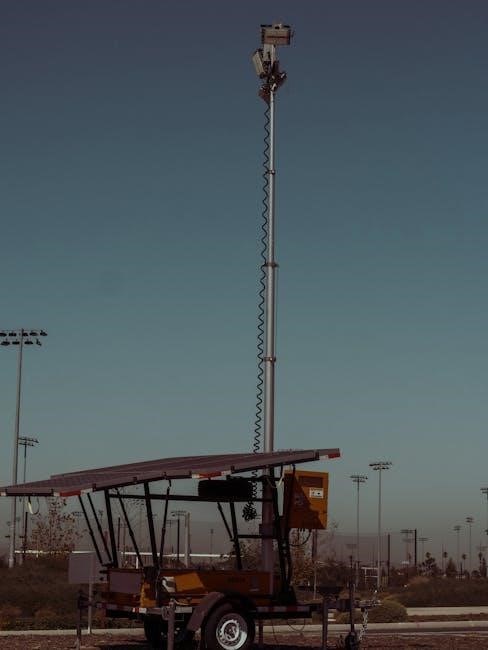
8․1 Common Problems During Conversion
During conversion‚ common issues include drivetrain misalignment‚ clutch engagement problems‚ and hydraulic leaks․ Improper installation of components like the clutch pedal or shifter can lead to mechanical failures․ Electrical issues‚ such as faulty sensors or wiring‚ may also arise‚ requiring careful troubleshooting․ Additionally‚ compatibility problems with existing vehicle systems can cause unexpected challenges‚ emphasizing the need for precise planning and expert guidance․
8․2 Solving Transmission and Clutch Issues
Transmission and clutch issues during conversion often stem from misalignment or improper installation․ To resolve these‚ ensure the clutch is properly seated and the transmission is securely mounted․ Bleeding the hydraulic system can address clutch engagement problems․ If gears grind or misalign‚ check the shifter linkage and adjust as needed․ Lubrication and proper transmission fluid levels are crucial for smooth operation․ Always reference the conversion kit manual for specific troubleshooting steps․
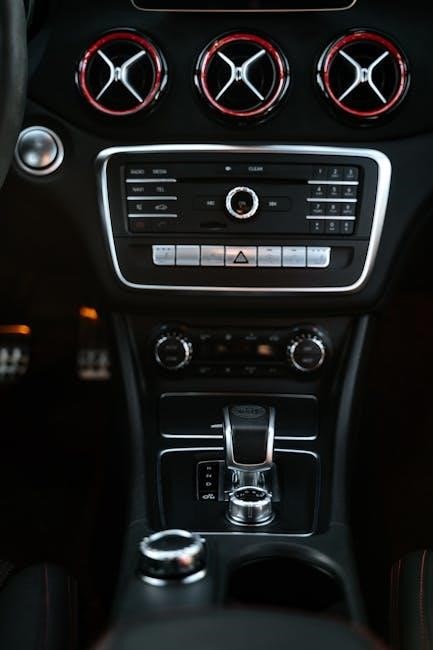
Maintenance Tips Post-Conversion
Regular inspections‚ timely lubrication‚ and monitoring drivetrain components ensure optimal performance․ Addressing wear early prevents major repairs and extends transmission life․
9․1 Regular Clutch Maintenance
Inspect the clutch pedal for proper alignment and adjust as needed․ Check the clutch cable or hydraulics for wear or leaks․ Replace worn clutch discs or pressure plates promptly to avoid further damage․ Bleed the hydraulic system annually to ensure smooth operation․ Monitor clutch engagement and disengagement for consistency․ Address any unusual noises or vibrations immediately to prevent costly repairs․
9․2 Transmission Fluid and Filter Replacement
Regularly replace the transmission fluid and filter to maintain optimal performance․ Check your vehicle’s manual for the recommended fluid type and replacement interval‚ typically every 30‚000 to 60‚000 miles․ Draining old fluid and installing a new filter ensures clean lubrication‚ preventing contamination and wear․ Always refill with the specified fluid to avoid damage․ Proper maintenance extends the lifespan of your manual transmission and ensures smooth operation․
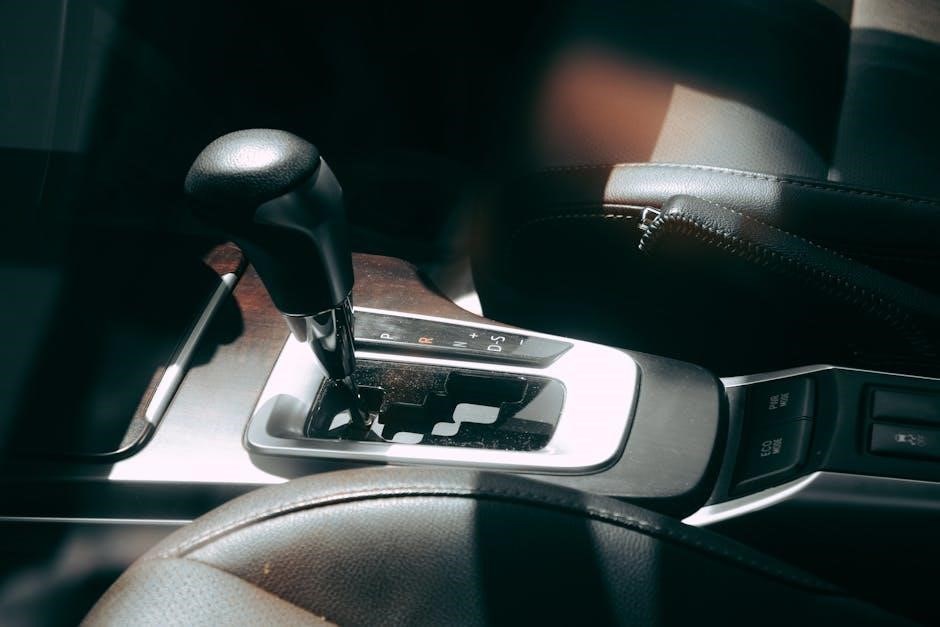
Legal and Insurance Considerations
Ensure compliance with local laws‚ notify your insurance provider to maintain coverage‚ and avoid penalties․ Research regulations and understand modifications needed․
10․1 Ensuring Compliance with Local Laws
Before converting‚ verify local regulations regarding transmission modifications․ Obtain necessary permits and ensure the conversion meets emissions and safety standards․ Some jurisdictions may require inspections or certifications․ Failure to comply can result in fines or legal issues․ Always research and adhere to specific laws in your area to avoid penalties and maintain vehicle legality on the road․
10․2 Updating Insurance Policies
After converting to a manual transmission‚ notify your insurance provider to update your policy․ Failure to disclose modifications can invalidate coverage․ Provide documentation of the conversion‚ including receipts and details of the kit used․ Insurance premiums may increase or decrease based on the modification․ Ensure your policy reflects the new transmission to maintain valid coverage and avoid potential claims issues․
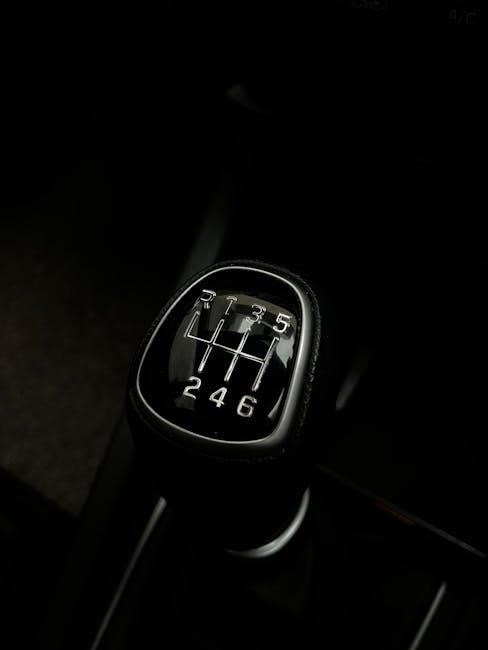
Case Studies and Success Stories
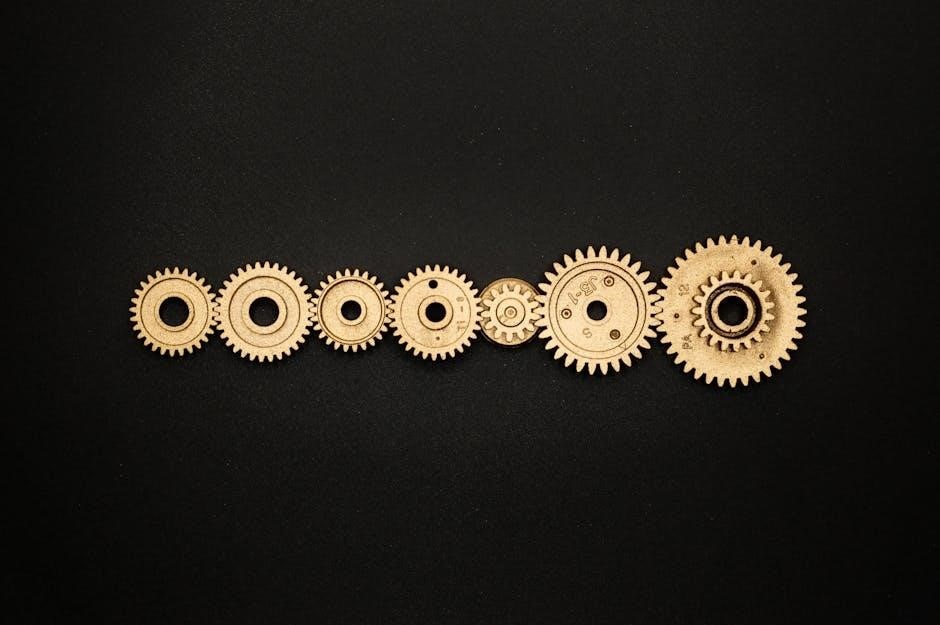
Enthusiasts worldwide share inspiring tales of successful conversions‚ showcasing improved performance and cost savings․ Community forums highlight journeys‚ like a Toyota 86 owner achieving enhanced drivability post-conversion․
11․1 Real-World Examples of Successful Conversions
Many car enthusiasts have successfully converted their automatic vehicles to manual transmissions‚ achieving improved performance and control․ For instance‚ a Honda Civic owner swapped their automatic for a manual gearbox‚ experiencing better acceleration and fuel efficiency․ Similarly‚ a Ford Mustang enthusiast converted to a manual transmission‚ enhancing the driving experience․ These real-world examples demonstrate the practical benefits and satisfaction gained from such conversions‚ inspiring others to take the plunge․
11․2 Lessons Learned from DIY Enthusiasts
DIY enthusiasts who tackled automatic-to-manual conversions highlight the importance of meticulous planning and mechanical expertise․ Many emphasize joining forums or communities for guidance‚ as firsthand experiences often reveal overlooked details․ Stress-testing the setup post-conversion is crucial to ensure reliability․ While challenging‚ the payoff in performance and satisfaction makes the effort worthwhile for those passionate about driving dynamics and hands-on customization․
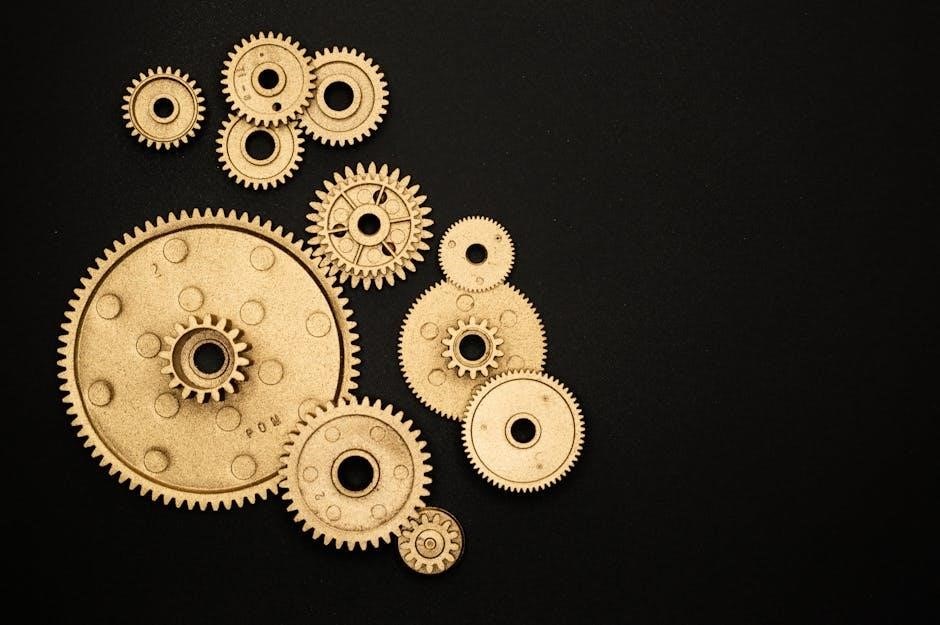
Frequently Asked Questions
Addressing common queries about cost‚ difficulty‚ and compatibility‚ this section helps readers determine if a conversion is suitable for their needs and expectations․
12․1 Is the Conversion Worth the Effort?
The conversion’s value depends on personal preferences and goals․ Drivers seeking enhanced control and driving engagement often find it rewarding․ However‚ factors like cost‚ time‚ and vehicle usage should be considered․ If the benefits outweigh the challenges‚ the conversion can be a worthwhile investment for enthusiasts․ It’s essential to weigh individual circumstances before deciding․
12․2 Can Any Vehicle Be Converted?
Not all vehicles can be converted; compatibility varies by make‚ model‚ and year․ Older models and those with simpler systems are often easier to convert․ Modern vehicles with advanced technologies may require extensive modifications․ The availability of conversion kits and parts also plays a role․ Some cars need custom solutions‚ increasing complexity and cost․ It’s essential to research and ensure the vehicle’s engine and structure support a manual transmission before proceeding․
12․3 How Long Does the Conversion Process Take?
The conversion process duration varies depending on expertise and complexity․ DIY enthusiasts with experience may take 20-30 hours‚ while novices might need 40-60 hours․ Professional mechanics can complete it in 10-15 hours‚ as they have specialized tools and knowledge․ The timeframe also depends on the vehicle’s specifics and any custom adjustments required․ Always consult a professional for an accurate estimate tailored to your situation․
Converting from automatic to manual transmission is a rewarding project that offers enhanced control and efficiency but requires careful planning and mechanical expertise․ It’s ideal for driving enthusiasts seeking a more engaging experience behind the wheel․
13․1 Final Thoughts on Automatic to Manual Conversion
Converting from automatic to manual transmission offers enhanced driving engagement‚ improved fuel efficiency‚ and reduced maintenance costs‚ making it ideal for enthusiasts․ The process demands dedication and mechanical expertise but yields a more rewarding experience․ Proper planning and execution are crucial for success․ DIY enthusiasts find it satisfying‚ provided all legal and safety standards are met․
13․2 Encouragement for DIY Enthusiasts
Embracing a DIY automatic-to-manual conversion is a rewarding journey for enthusiasts․ It fosters problem-solving skills‚ mechanical knowledge‚ and a deep connection with your vehicle․ While challenging‚ the sense of accomplishment and pride in your craftsmanship is unparalleled․ With thorough planning‚ patience‚ and practice‚ DIYers can successfully navigate the process․ Remember‚ the automotive community offers vast resources and support to help you succeed and enjoy the thrill of driving a manual transmission․